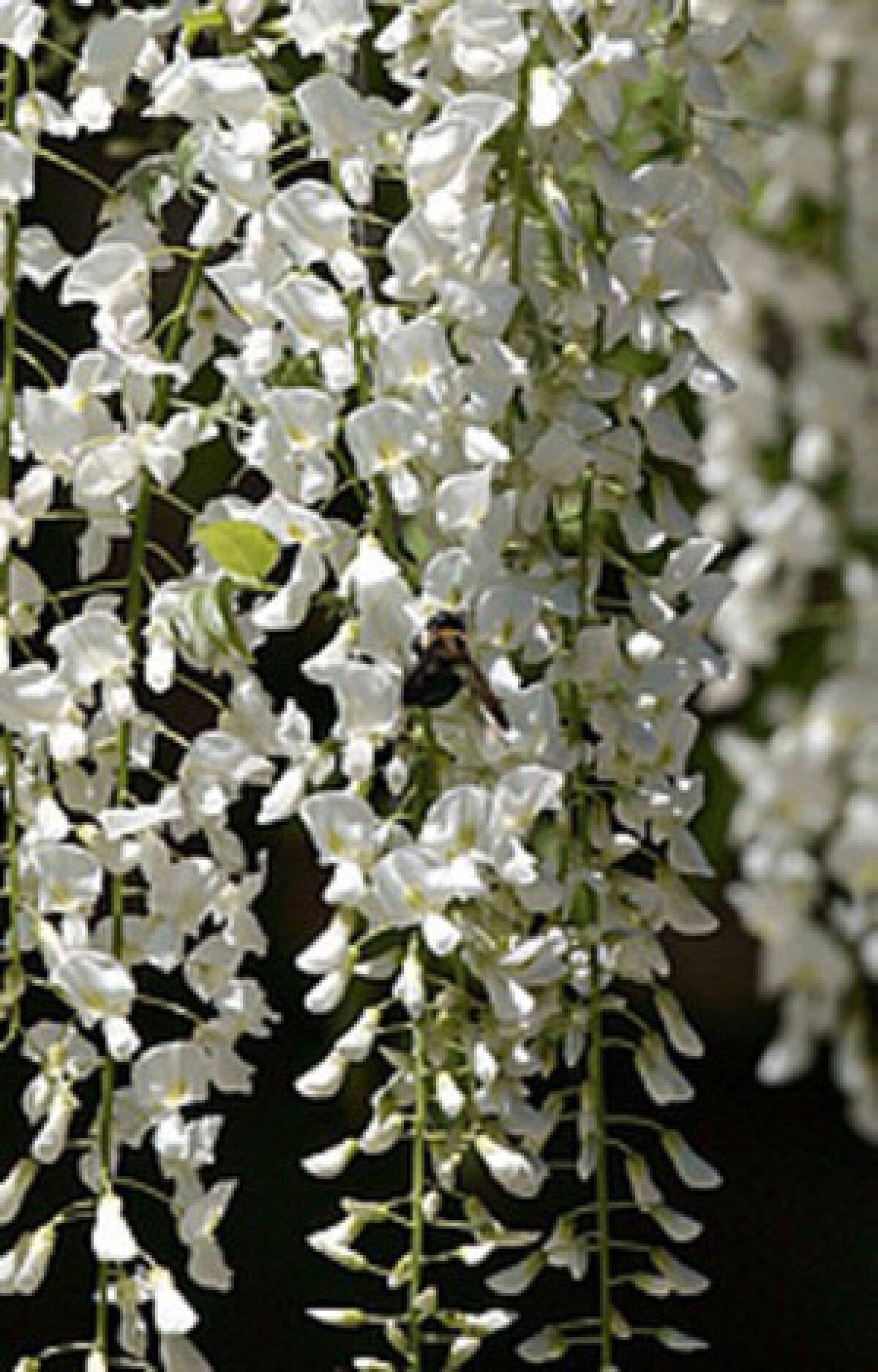Pollen’s more concentrated this year

Though allergy sufferers in some pockets of the country are having a miserable April, experts dispute the notion that trees across the nation are producing record-high amounts of pollen this year.
Pollen counts in some regions are certainly nothing to sneeze at -- in Raleigh, N.C., for instance, the state Division of Air Quality counted 3,524 particles per cubic meter of air on April 7, up to three times the volume that’s typically seen in the spring.
But it’s not that trees are producing record amounts of pollen. It’s that so many trees are making pollen at the same time.
And that is because of an unusually cold and rainy winter that lasted well into March, forcing some species of trees to delay their flowering until April, said Timothy Ballisty, a meteorologist with the Weather Channel. That made them overlap with other kinds of trees that were on their usual schedule.
“All the ingredients necessary to get very high pollen counts were in place,” he said.
But only in some places.
Thanks to mild winters, California doesn’t experience the sudden explosion of pollen other regions deal with every spring, said Dr. Sherwin A. Gillman, an allergist based in Orange. Instead of a seasonal plague, allergies here can be a year-round nuisance.
“We don’t see the big peaks they have in the rest of the country,” he said. “If you see the counts of pollen in Atlanta in three or four months, they’ll be down much lower than we have in California, and in winter they’ll have zero.”
Tiny, dust-like pollen grains are released into the air by male plants. Wind and insects carry the powder to female plants, fertilizing them. This month, it’s been trees -- especially oaks -- that are actively pollinating; grasses pollinate in early summer, followed by weeds in late summer, experts said.
A single oak tree can generate as many as 6,000 particles of pollen per cubic meter. But if as few as 10 of them fly up someone’s nose, the irritating powder can trigger an allergic reaction. The immune system goes into overdrive, resulting in itchy eyes, sneezing, a runny nose, asthma or other symptoms, said Dr. Clifford W. Bassett, medical director of Allergy and Asthma Care of New York.
Some have warned that the severity seen through March and April bodes ill for allergy sufferers through the summer, but that’s not necessarily the case, said aerobiologist Estelle Levetin of the University of Tulsa in Oklahoma. Without cumulative pollen counts in hand for the spring season, it’s too early to make predictions about the length or severity of the entire allergy season.
“Is it a misperception because everything was compressed and it seemed like more pollen than normal?” she said. “We really won’t know until the season is over.”
The Associated Press contributed to this report.




